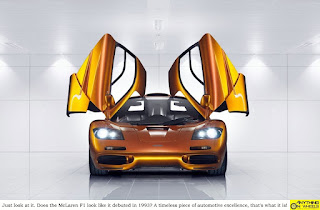Sporting one of the most respected nameplates in automotive history, the most opulent motor car ever made and the one that played a key role in the renaissance of Rolls-Royce under BMW's ownership, the Phantom VII, is now history. Yes, after a remarkable 13-year production run that began in 2003, the last Phantom VII rolled off the sparkling floors of Rolls-Royce’s factory at Goodwood, West Sussex, England last week.
Commissioned by a well-renowned Rolls-Royce collector, the final Phantom VII was an extended wheelbase limousine stylized with a nautical theme. Wearing a stunning ‘Blue Velvet’ shade that mimics the colour of the ocean, adorned with a twin coachline featuring an ‘ocean liner’ motif and retro pinstripe tyres, the car is designed to be only one of its kind.
The interiors continue with the maritime theme as well with artwork on the dashboard that depicts a 1930s cruise ship and clocks that echo the style of radio clocks that adorned grand ocean liners of the past. Exquisitely appointed ‘Powder Blue’ leather upholstery and carpets that feature cuts that depict ocean waves prove there is absolutely nothing on earth that could rival a Rolls-Royce motor car in terms of personalization choices offered.
With the Phantom VII rolling off into the sunset, Rolls-Royce would be filling the void with the upcoming Phantom VIII underpinned by an all-new aluminium architecture. Rolls-Royce’s press release concluded with the statement that the arrival of Phantom VIII will herald the beginning of yet another great chapter in the history of the world’s most celebrated name in luxury. We couldn’t agree more.








